Andrea Felsted: Dry January is the least of big booze's problems
Published in Op Eds
Dry January may already be a distant memory, but the problems for big booze are far from receding.
The U.S. surgeon general’s advisory on the link between alcohol and cancer, the rise of weight-loss drugs that can dampen demand for a drink, young people preferring the gym to a gin, and now the prospect of tariffs have left brewers and distillers with a nasty hangover. While they can plausibly defend their business with low- and no- alcohol alternatives, it’s enough to drive investors to drink.
The new year got off to a bad start when U.S. surgeon general under the Biden administration Vivek Murthy issued an advisory — a public statement that draws attention to a critical health issue — for alcohol. He recommended that drinks carry warnings about their links to cancer.
This sets alcohol on the same path as tobacco: increasingly in public-health crosshairs. The danger is that this could be the start of greater restrictions, from curbing advertising to adding rules on where products are sold, Duncan Fox, analyst at Bloomberg Intelligence, told me.
If the trajectory follows that of cigarettes, then there may be a drop of comfort: If history is anything to go by, companies should have time to prepare. The Trump administration might push the timeline out further; Murthy’s term has ended. But surgeon general’s warnings are hard to ignore, and there is enough of a narrative around alcohol and cancer for this issue to remain in the spotlight.
In the meantime, there are more pressing matters for the booze business: While drinking is falling out of favor across all generations, the most notable drop since the end of 2021 has come from Millennials, according to a new report from Morning Consult. Gen Z’s aversion to alcohol is also well known. At the same time, there is a growing body of evidence to back up anecdotes that GLP-1s reduce cravings not only for food, but also for alcohol.
Debra Crew, chief executive officer of Guinness and Gordon’s owner Diageo Plc, said it was difficult to identify the distinct effects of weight loss drugs from the broader trend toward moderation.
But U.S. alcohol volumes are only gradually recovering from their post-pandemic dip. That indicates that these drugs — as well as the demographic shifts and economic pressures driving consumers to purchase mini bottles of spirits, for example — are taking their toll.
Add in (delayed) 25% tariffs on Mexico and Canada, and the glass is half empty. Constellation Brands Inc., brewer of America’s favorite beer, Mexican import Modelo Especial, cut its full-year sales outlook in January and widened the range of potential outcomes. Meanwhile, 25% tariffs on aluminum imports to the U.S. are another blow: A lot of beer comes in cans.
But in one way, brewers and distillers are better set up than tobacco manufacturers: They have wisely already moved into low- and no- alcohol beverages.
This is comparable to the latter’s development of alternatives such as electronic cigarettes and devices that heat rather than burn tobacco. Yet some of these products still contain nicotine, hence the concern about young people vaping or using Philip Morris Inc.’s Zyn pouches, particularly if they move on to cigarettes.
That shouldn’t be a risk for low- and no- alcohol drinks, which offer consumers a way to moderate their intake while still having a social experience. The amount of alcohol in these beverages is so small that it’s hard to see a “Nonqueray” being a gateway to the real thing. Of course, people might switch between the two. But given mounting evidence of the links with certain cancers, if that cuts consumption, it should still offer health benefits.
So far, Europe is ahead of the U.S. in terms of low- and no- alcohol beers gaining traction, points out Sarah Simon, analyst at Morgan Stanley. The market for non-alcoholic wines and spirits is even more nascent.
But America is catching up fast. Not only has Athletic Brewing Co. become the largest non-alcoholic beer brand in the U.S., but brewers including the world’s biggest, Anheuser-Busch InBev SA, and Diageo through Guinness 0.0 are placing major bets. The Budweiser owner recently launched a non-alcoholic version of its popular Michelob Ultra, appearing in its Michelob Ultra pickleball-themed Super Bowl ad.
Sales of non-alcoholic beers in grocers — the most advanced retail channel — have been growing around 25%-35% per annum over the past few years, according to an analysis of NielsenIQ data by BUMP Williams Consulting. However, it remains small.
Margins are higher than for alcoholic drinks, Diageo said, which is helpful. Profits may be eroded as competition intensifies, but economies of scale should kick in as production ramps up.
When it comes to weight-loss drugs, selling a lower volume of better quality alcohol, which commands a higher price point, is another option.
Alternatively, with some young people choosing “California Sober,” companies could look to legal cannabis. Some, such as Constellation Brands, Molson Coors Beverage Co. and AB InBev, have dabbled in this market. But it is yet to become a major avenue of growth, partly because products still can’t be sold everywhere. And if there are health concerns around alcohol, surely the risks of cannabis, about which far less is known, are even greater?
So while big booze might raise a toast to low- and no- alcohol, this market remains in its infancy. Until it challenges the mainstream or another strategic bet pays off, it’s far too early to say cheers.
____
This column does not necessarily reflect the opinion of the editorial board or Bloomberg LP and its owners.
Andrea Felsted is a Bloomberg Opinion columnist covering consumer goods and the retail industry. Previously, she was a reporter for the Financial Times.
©2025 Bloomberg L.P. Visit bloomberg.com/opinion. Distributed by Tribune Content Agency, LLC.
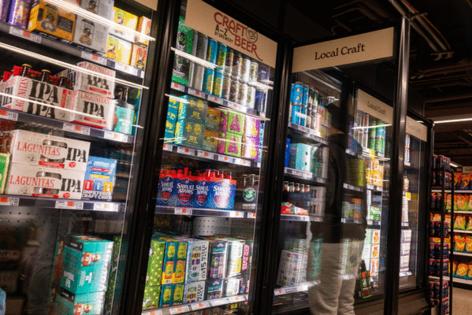
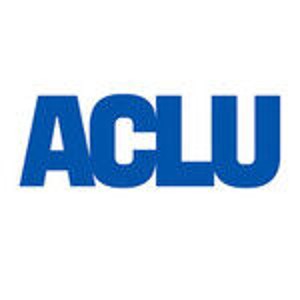
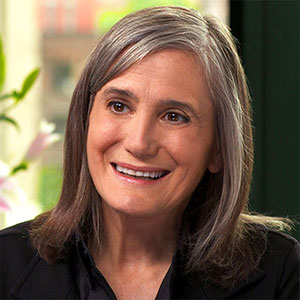
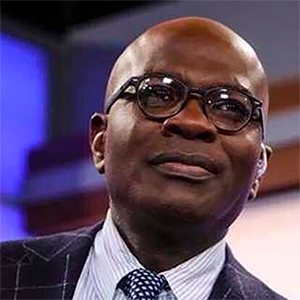

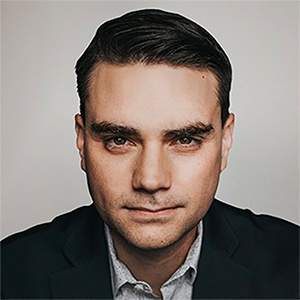
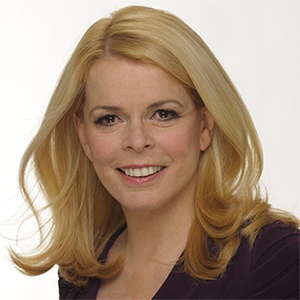
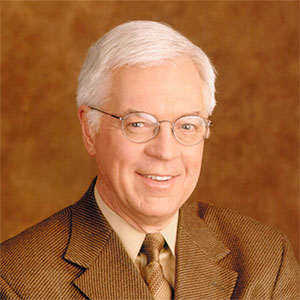

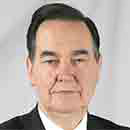

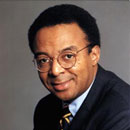



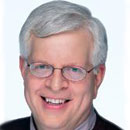

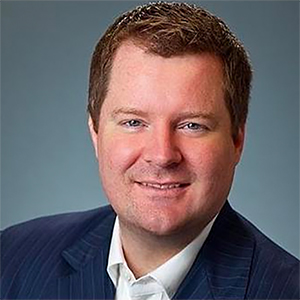
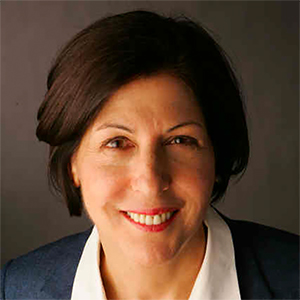

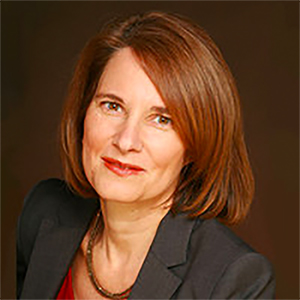


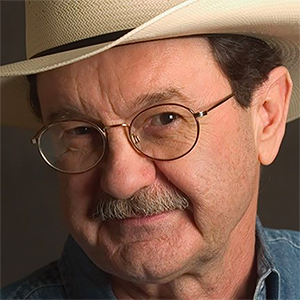

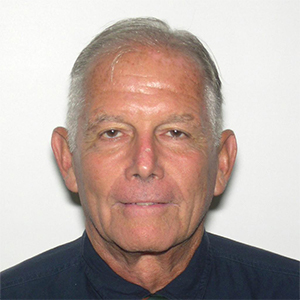
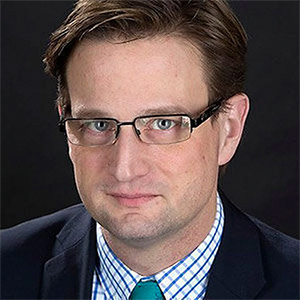
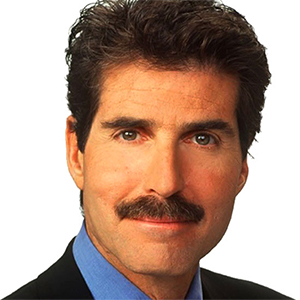
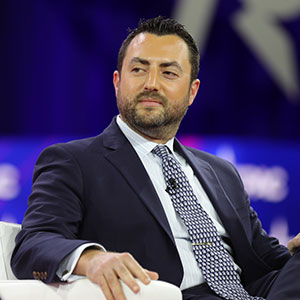
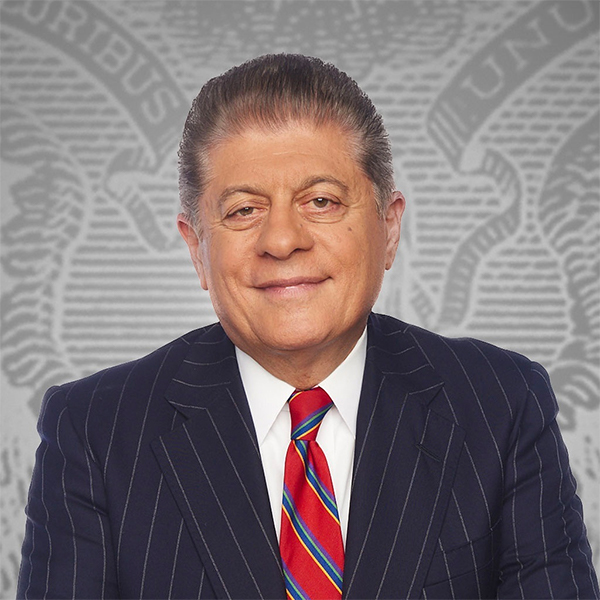
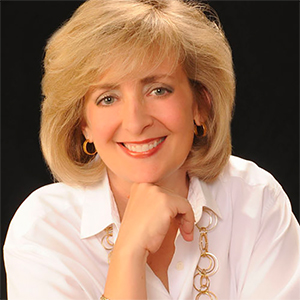

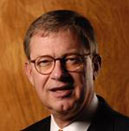
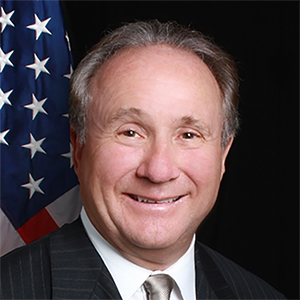

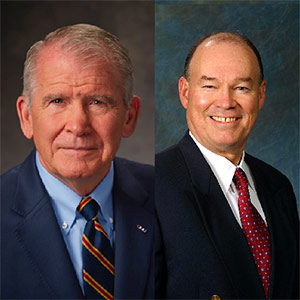


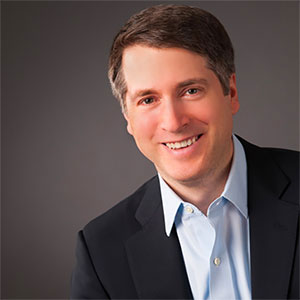

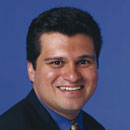
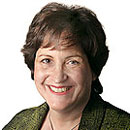
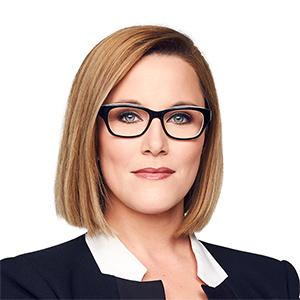
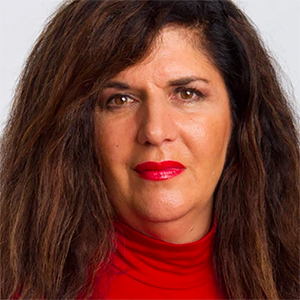

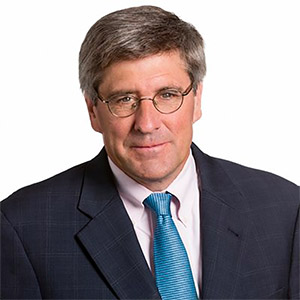


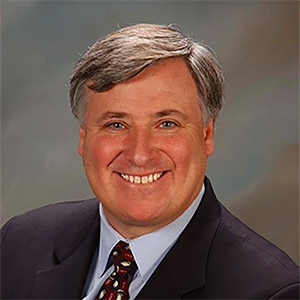




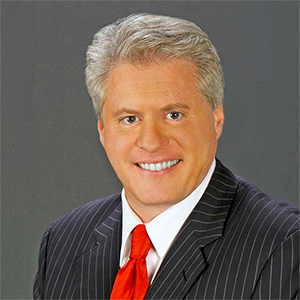
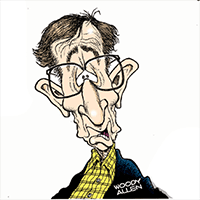
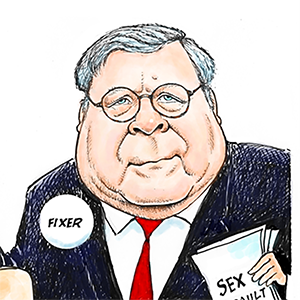
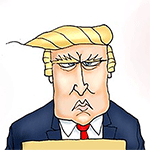
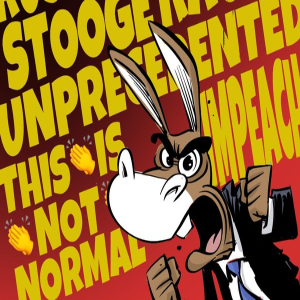
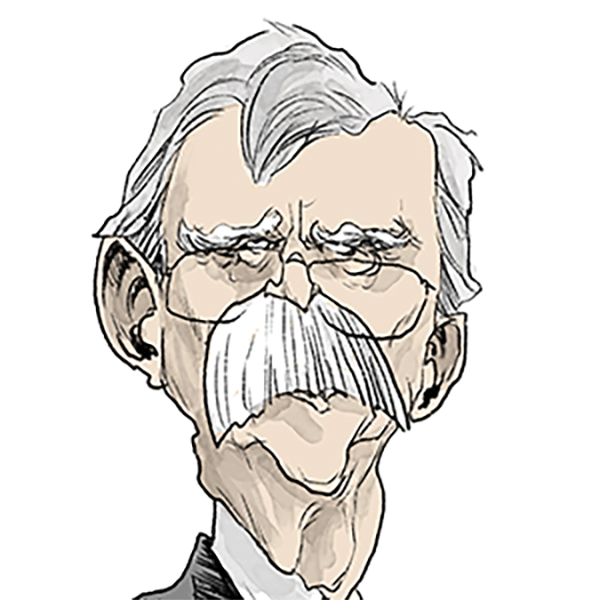
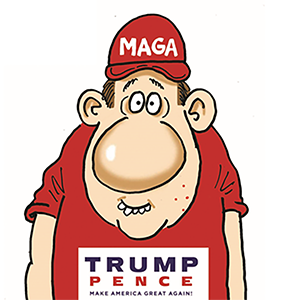
Comments